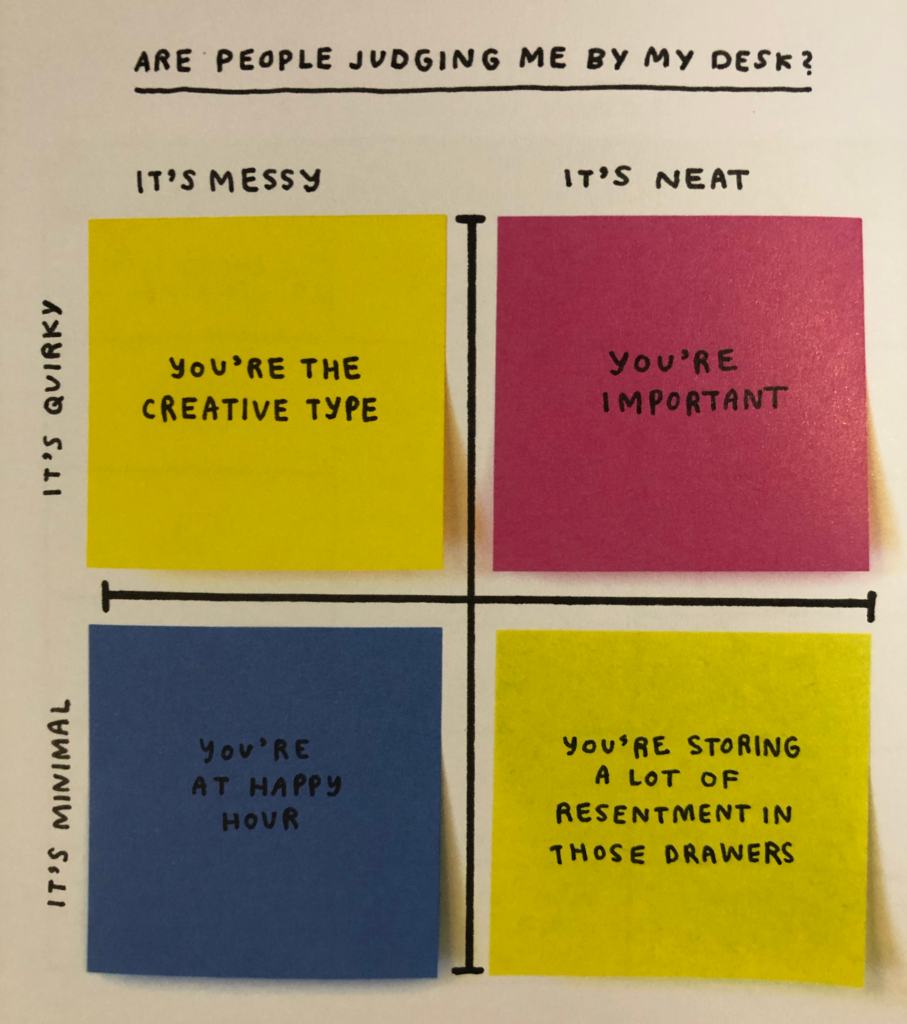Here’s the thing that’s hurting my head today: the “full stack developer” job listing.
A Full Stack Developer is someone who can develop at every layer of the software development stack, from the servers to the front end. This includes:
- Server, Network, and Hosting Environment.
- Data Modeling
- Business Logic
- API layer / Action Layer / MVC
- User Interface
- User Experience
- Understanding what the customer and the business need.
My role as an Information Architect lands firmly inside of the sixth one down, “User Experience”, and often I’m not the Information Architect on a project, I’m the User Experience Designer. (Even as an Information Architect there are expectations that I can talk fluently about the business logic, user interface, and customer and business needs, so the User Experience container is by no means leakproof.)
User Experience is a huge field of study in and of itself. In the “tradition” of the Full Stack Developer posting, I suspect we should call ourselves “Full Stack Designers” instead of User Experience Designers, because it gives a much better impression of our wide range of responsibilities, which include:
- Information Architecture
- Architecture
- Content creation
- Visual Design & Information Design
- Human Factors
- Industrial Design
- Interaction Design
- Human-Computer Interaction
- Sound Design
- Interface Design
- Usability Engineering
- Content Strategy
…and probably more than I can’t think of.
Each of the topics that makes up a Full Stack Designer can be (and in many cases is) its own full career with its own full educational system, training, and roles in an organization.
For example, I’m thoroughly well-versed in Information Architecture and Interaction Design, comfortable in some of the Usability Engineering methods and knowledge and some of the Content Strategy methods and knowledge (but not others), and not as deep in Visual and Information Design. I can’t even comfortably say I’m a Full Stack Designer (since I’m aware of my own weaknesses and imposter syndrome is a thing).
I suspect the same thing is true of all of the other traits that a Full Stack Developer is supposed to be familiar with.
So how in the world is someone supposed to be a Full Stack Developer and be set up for success by their employer? Is it a significant reliance on vendor products, frameworks, and external knowledge? Is it by only building small websites? I’m baffled.
And suspicious. I should add that I’m suspicious, because to do six careers well takes a lot of time, and while it might come with a lot of salary, I’m having trouble imagining it comes with a lot of sleep. Hustle is hype, and anyone who’s told me otherwise was trying to pay me one salary for at least two jobs worth of work.
Me, I’m happy with one job that pays the bills, the occasional vacation, and a few pinball tournaments or races or Phillies games. And as much as I believe that there’s space for both specialists and generalists (and maybe even a few compartmentalists) I’m also quite a bit worried that anyone working six career paths under one job title is, well, over-generalizing.
I’m worried about the Full Stack Developer precisely because it includes the Full Stack Designer. If an employer believes that the 8+ specialties in my field are nothing but a subset of skills for someone who is already doing 5 other jobs, then what do they think of hiring someone in my field? Are you specializing in IT by being a generalist in Design?
I don’t have answers, just a headache, and an observation that this “full stack” world seems awfully general.


